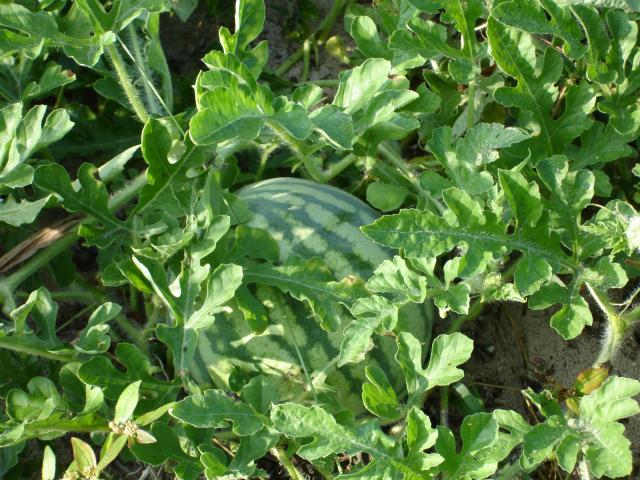
About the crop
Origin and distribution
Originating in Africa, watermelons (Citrullus lanatus) were first cultivated in Egypt where testaments to their legacy were recorded in hieroglyphics painted on building walls. The fruit was held in such regard that it was placed in the tombs of many Egyptian kings. Watermelons were brought to China around the 10th century and then to the Western Hemisphere shortly after the discovery of the New World. Now, much of the commercial supply of watermelons is grown in Russia. In addition to Russia, the leading commercial growers of watermelon include China, Turkey, Iran and the United States.
Watermelon is a warm season crop, which requires dry weather with abundant sunshine for quality fruit production. The crop can be grown on well drained sandy, sandy loam or alluvial soils. A pH range of 6.0-7.0 and temperature range of 24-27° C are considered optimum for the growth of the vines. Cool nights and warm days are ideal for accumulation of sugars in the fruits. The seed germinates best when temperatures are higher than 20° C. High humidity at the time of vegetative growth renders the crop susceptible to various fungal diseases.
